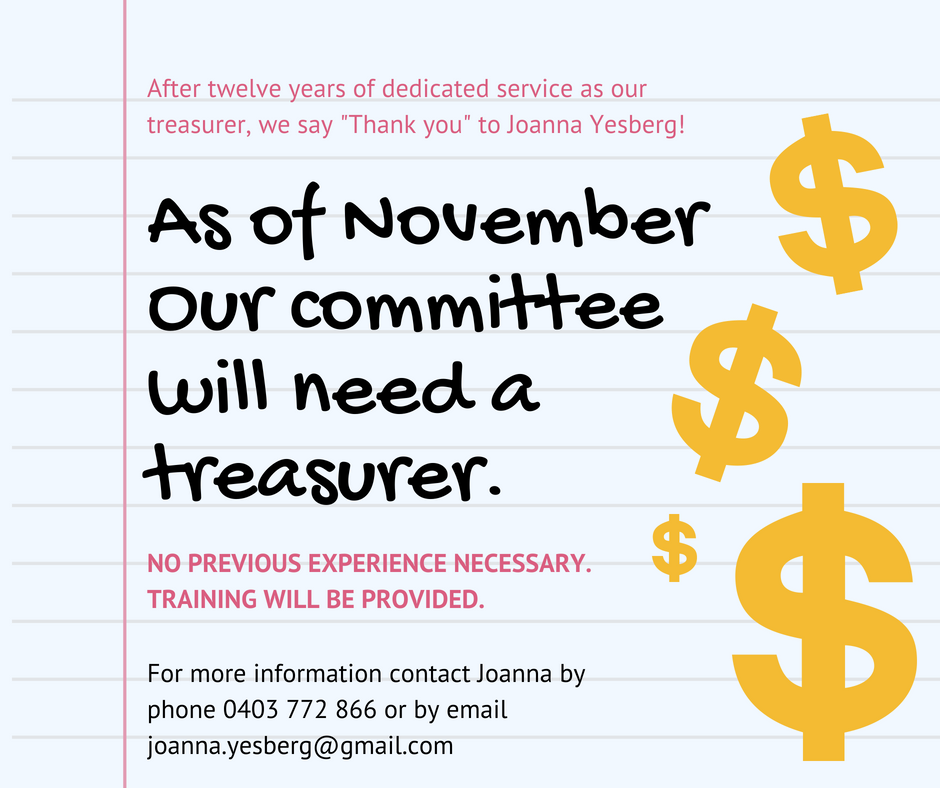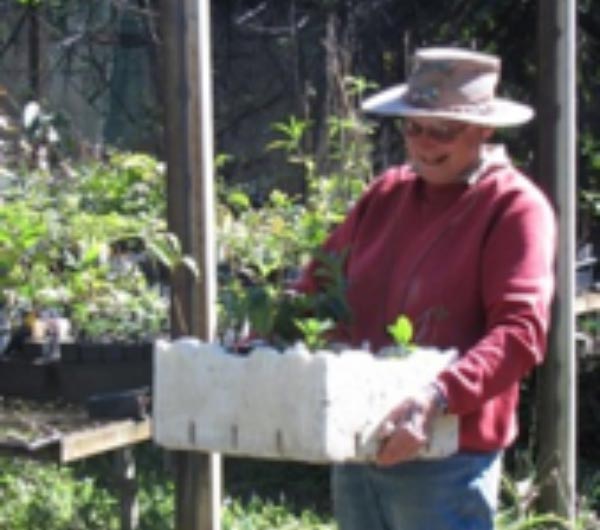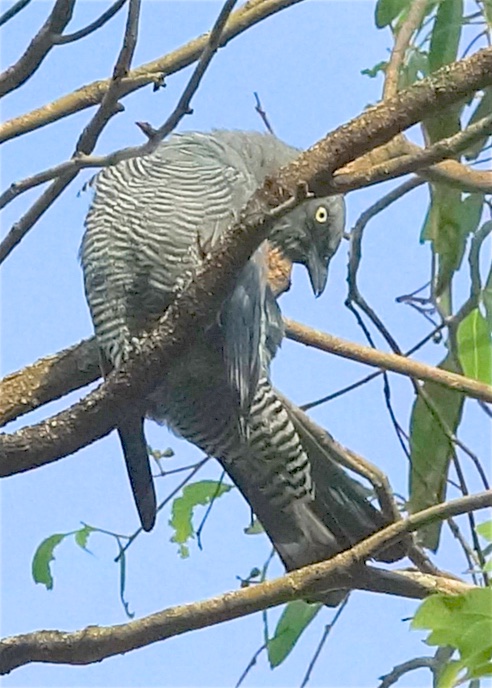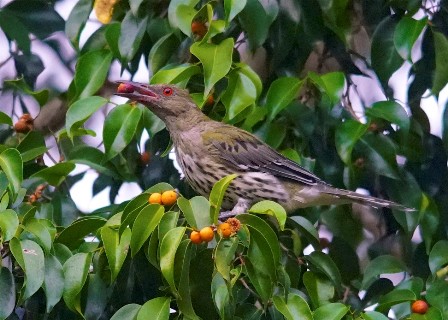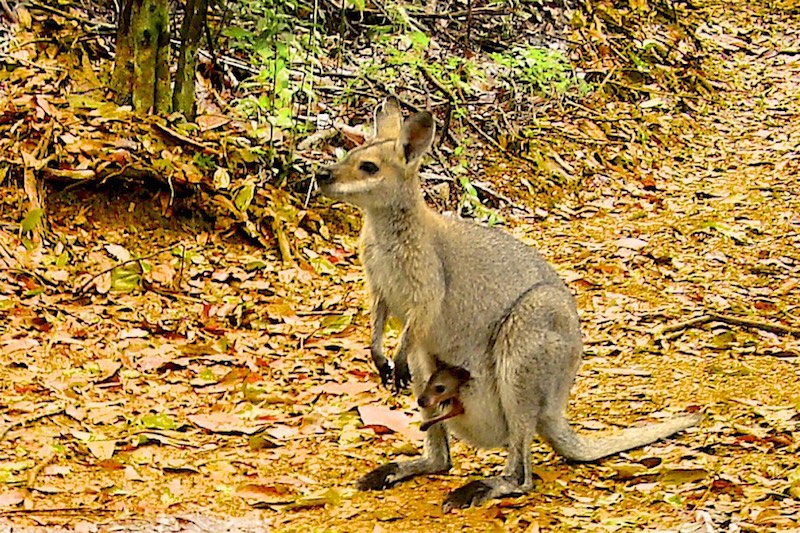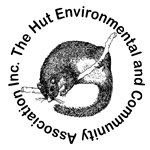Some of you may have noticed the creation of trail bike tracks in Tuckett/Huntington parks by kids. Initially they simply dug obstacles in the grassed area opposite Boyd Terrace.
We believe a neighbour reported this to Council who levelled it out, but the area is still bare of grass.
The culprits then seem to have moved to Tuckett St. Park where they are using part of the steep creek bank near the old trailer.
They have destroyed several quite mature native trees that we planted several years ago on the upper banks by pulling them down and snapping the trunks. They have also caused considerable erosion to the bank.
The damage has been reported to the Council (11 September). They will send someone out to inspect it as a matter of urgency.
If anyone living in the area or passing by sees the culprits, PLEASE phone the Council hotline on 3403 8888.
These pictures tell a story of crude destruction:
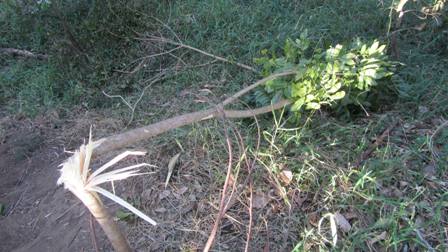
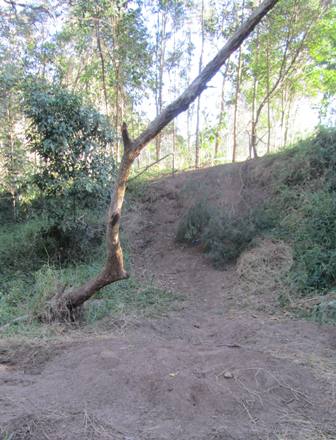
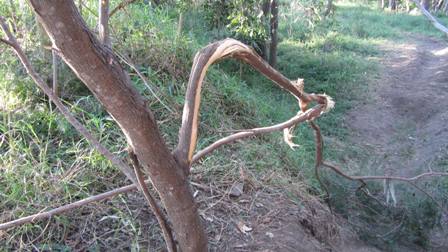
Note: we have also noticed a number of trees cut down near the Western end of Creekside Park, close to where we did our July working bee. There is a point there where people have placed logs across the creek, but the track is now partially blocked by the fallen trees. Does anyone know anything about this? If so, please contact our Chairman, Jim Pope, or send an email to the MCCG Secretary at: [email protected]

